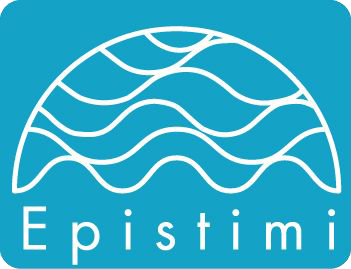A Trip to Paris and the Rights of Women in STEMM
During a meeting in Paris last fall, we were inspired to draft A Declaration of the Rights of Women and Girls in STEMM in hopes of building a modern system that uplifts everyone.
By Patricia A. Maurice and Janet G. Hering
7 January 2025, DOI: 10.5281/zenodo.14265138
Recently, we had the opportunity to meet in Paris for a couple of days to work and see cultural and historic sights. Surrounded by the landmarks of the French Revolution, we couldn’t help but recall France’s 1789 ‘Declaration of the Rights of Man and of the Citizen.’ This reminded us that women everywhere still struggle to obtain the most basic rights and that a new manifesto is needed, especially for women in STEMM. To this end, we put our heads together and drafted A Declaration of the Rights of Women and Girls in STEMM.
For anyone who has been following our blog, it should be clear that supporting women in STEMM will not just help women and girls – it will help everyone. As Melinda Gates discussed in her book “The Moment of Lift” [1], which we reviewed [2], lifting women lifts everyone. Our post “It’s not pie…” also discussed how systemic changes that benefit women will improve conditions for everyone [3]. In our review [4] of Caroline Criado Perez’s book “Invisible Women”, we included her statement: “When we exclude half of humanity from the production of knowledge we lose out on potentially transformative insights” [5]. We are all in the world together. Science and technology play an increasingly central role in the world we share. All people deserve to benefit from, and potentially contribute to, STEMM advances without constraints of discrimination based on factors such as race, ethnicity, gender/gender identity, or socioeconomic status.
A Declaration of the Rights of Women and Girls in STEMM
1. All women and girls are entitled to benefit from STEMM-based innovations and services without hindrances of explicit or implicit gender bias.
2. Every girl deserves to grow up in an environment that recognizes her potential to excel at math, nurtures her intelligence and creativity, and prepares her to thrive in a technologically advanced world.
3. To avoid isolation and a lack of mentorship and collegial support, girls in STEMM education and women in STEMM careers deserve an abundance of female colleagues, mentors, supervisors and role models.
4. STEMM workplaces, whether in education, research, or private enterprise, should be free of sexual harassment and gender-based discrimination, promote success without regard to gender, and be supportive of employees’ familial and civic responsibilities.
5. Women in STEMM have the right to fulfil their full human potential, including motherhood if they choose, without being unfairly constrained by a system that was designed by and for men of yesterday. We have the right to demand that this system is transformed into one that works for everyone today.
6. Women’s access to funding and financial services for STEMM research and entrepreneurship should not be subject to gender-based barriers nor should there be any glass ceiling to their career advancement.
7. Women in STEMM deserve to be valued for the life experiences that allow us to bring different perspectives to our work and to formulate ideas that challenge the status quo. Our voices should be heard and our contributions respected.
Finally, men and boys deserve to reap the many benefits of the more equitable and supportive educational and work environment in STEMM and the additional discoveries, innovations, and advances that will ensue from broader inclusivity.
Questions for further thought
· Do you agree with this declaration? Why or why not?
· Are there other rights that you would add?
· What actions could you take to ensure that women and girls enjoy these rights?
References
[1] Gates, M. (2019) The Moment of Lift: Empowering Women Changes the World, Bluebird (UK edition), 273 pp.
[2] https://www.epistimi.org/blog/the-moment-of-lift-by-melinda-gates
[5] Criado Perez, C. (2019) Invisible Women: Exposing Data Bias in a World Designed for Men, Chatto and Windus (London), 411 pp.

